When Tullamore Farm was set up in 2017, one of the core objectives was to use all technologies available to Irish farmers to try to improve profitability on a suckler farm.
One of these technologies is genetics and using genetics to our advantage is one of the central pillars to improving efficiency on Tullamore Farm.
Our aim is to have a high-replacement index cow that calves easily, has good milk production, goes back in calf and rears a heavy calf at weanling every year.
The herd is made up of mostly Limousin-Simmental crosses, with some five or six Limousin-Friesian heifers purchased in as replacements on an annual basis.
The herd has settled to around 95 cows calving down each year in February, March and April each year.
With a 15% replacement rate, this means we keep eight to 10 of our own heifers and purchase in the remainder.
When deciding on the system that best suited the farm, we chose to go down the replacement heifer production route. There were a number of reasons for this.
We had a high-replacement index herd, of which 30 to 40 cows had to be bred each year to high-replacement index bulls to get replacements. It seemed a pity to slaughter these heifers that were not required for breeding purposes on the farm.Housing is tight on the farm and getting a lot of the heifers finished off grass at the end of the second grazing season was going to be challenging.If you look at the figures, killing a 600kg continental heifer at 330kg carcase weight this week will come into €1,290. We would hope to have a lighter younger heifer requiring no meals to be fed to be sold at a similar price or a little more. Limousin and Simmental heifers averaged €1,466/head at last year’s sale. We believe that this is something more farmers could do. Is it worthwhile for a small suckler farmer to be breeding their own replacements or would they be better concentrating on using a good terminal sire bull and buy in whatever replacements they need.Sale
This year, 30 heifers have been selected for the sale. Heifers are all by AI sires, with QCD, AHC, ZAG, CH2218 and SI2152 the most used sires in this year’s batch.
Heifers are all calving in February and March 2021 and all in-calf to AI sires EBY, LM2014 and SA2189.
All heifers have been DNA-sire verified and genotyped prior to the sale, with all heifers being either four- or five-star on the replacement index.
The highest index heifer in the group is a February 2019-born S12152 (Curaheen Earp) heifer out of a Limousin cow scanned in calf to EBY and due to calve on 14 February 2021.
All heifers have been vaccinated for BVD and leptospirosis. Performance data, including weights on each heifer, will be available on the night. The sale takes place on Wednesday 21 October at 7pm in Central Auctions, Roscrea. For enquiries, contact Shaun Diver on 087-217 5486 or Roscrea Mart on 0505-216 87.
When Tullamore Farm was set up in 2017, one of the core objectives was to use all technologies available to Irish farmers to try to improve profitability on a suckler farm.
One of these technologies is genetics and using genetics to our advantage is one of the central pillars to improving efficiency on Tullamore Farm.
Our aim is to have a high-replacement index cow that calves easily, has good milk production, goes back in calf and rears a heavy calf at weanling every year.
The herd is made up of mostly Limousin-Simmental crosses, with some five or six Limousin-Friesian heifers purchased in as replacements on an annual basis.
The herd has settled to around 95 cows calving down each year in February, March and April each year.
With a 15% replacement rate, this means we keep eight to 10 of our own heifers and purchase in the remainder.
When deciding on the system that best suited the farm, we chose to go down the replacement heifer production route. There were a number of reasons for this.
We had a high-replacement index herd, of which 30 to 40 cows had to be bred each year to high-replacement index bulls to get replacements. It seemed a pity to slaughter these heifers that were not required for breeding purposes on the farm.Housing is tight on the farm and getting a lot of the heifers finished off grass at the end of the second grazing season was going to be challenging.If you look at the figures, killing a 600kg continental heifer at 330kg carcase weight this week will come into €1,290. We would hope to have a lighter younger heifer requiring no meals to be fed to be sold at a similar price or a little more. Limousin and Simmental heifers averaged €1,466/head at last year’s sale. We believe that this is something more farmers could do. Is it worthwhile for a small suckler farmer to be breeding their own replacements or would they be better concentrating on using a good terminal sire bull and buy in whatever replacements they need.Sale
This year, 30 heifers have been selected for the sale. Heifers are all by AI sires, with QCD, AHC, ZAG, CH2218 and SI2152 the most used sires in this year’s batch.
Heifers are all calving in February and March 2021 and all in-calf to AI sires EBY, LM2014 and SA2189.
All heifers have been DNA-sire verified and genotyped prior to the sale, with all heifers being either four- or five-star on the replacement index.
The highest index heifer in the group is a February 2019-born S12152 (Curaheen Earp) heifer out of a Limousin cow scanned in calf to EBY and due to calve on 14 February 2021.
All heifers have been vaccinated for BVD and leptospirosis. Performance data, including weights on each heifer, will be available on the night. The sale takes place on Wednesday 21 October at 7pm in Central Auctions, Roscrea. For enquiries, contact Shaun Diver on 087-217 5486 or Roscrea Mart on 0505-216 87.




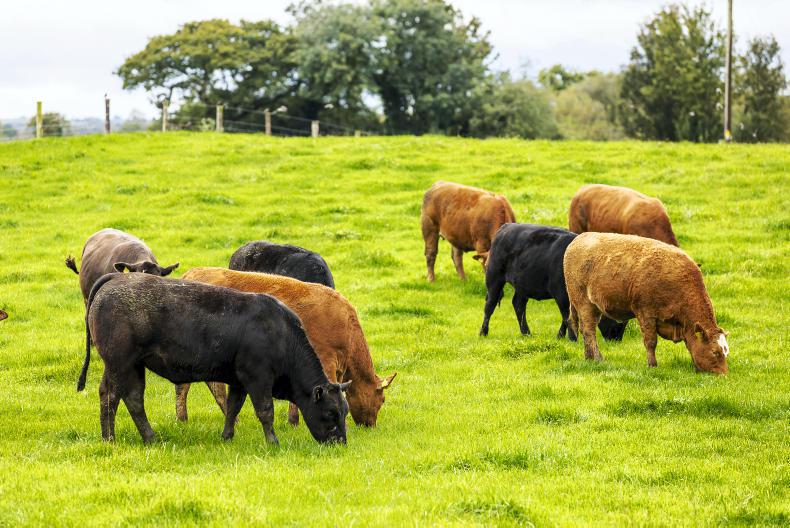
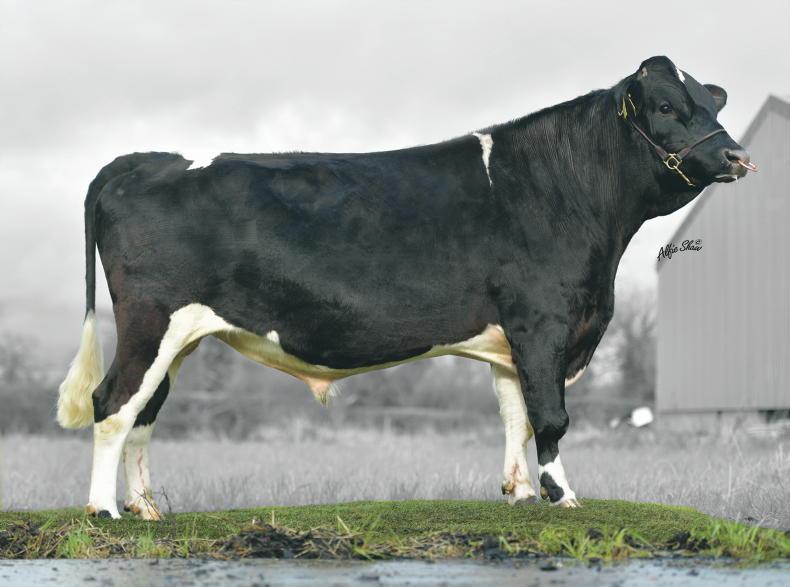

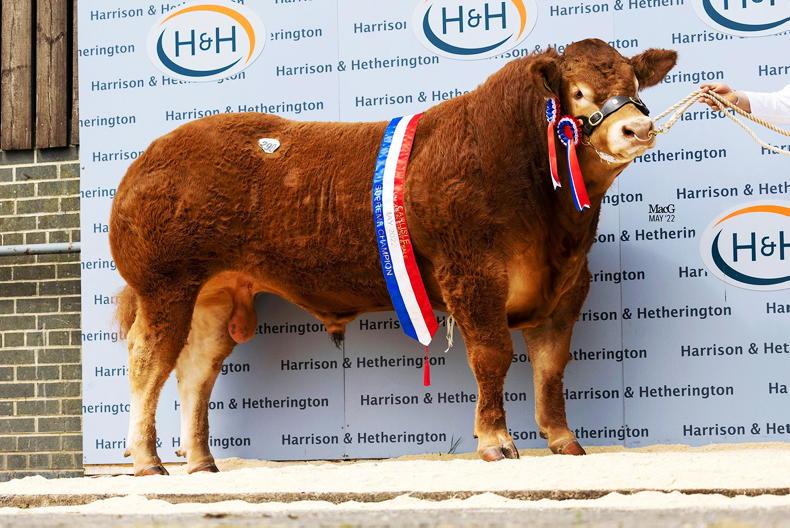
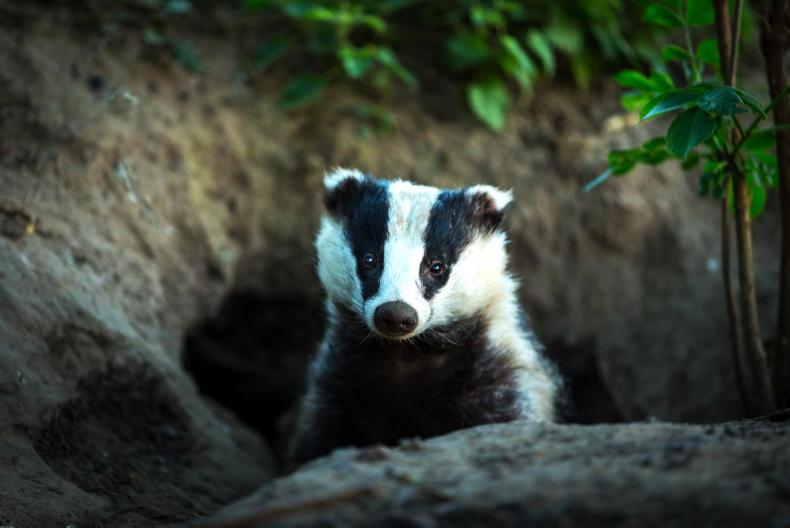
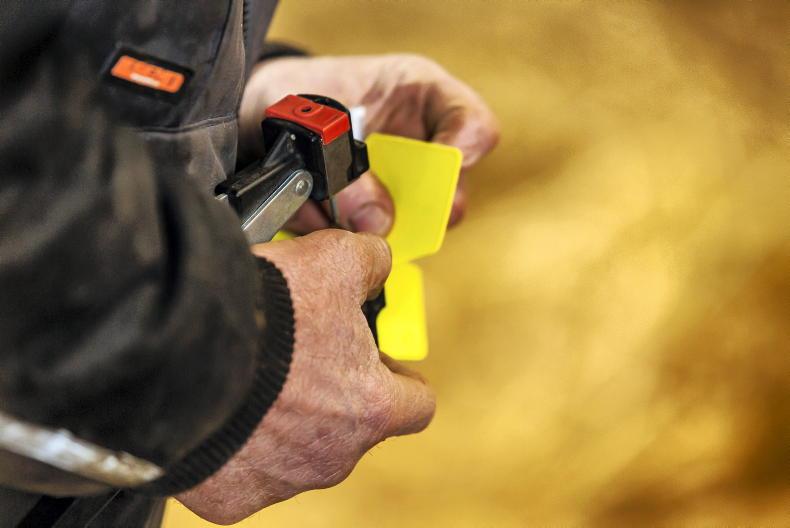
SHARING OPTIONS